Mike and I love all things Panama, especially the San Blas Islands that are located in the Caribbean, a few miles off the east coast of Panama.
Mike's best friends all came together for a friend's island getaway to San Blas. The road to San Blas can be hard to pass, so a 4x4 is required. We rented a Toyota 4x4 to be safe, and the Kuna guards checked to make sure our vehicle was adequate, and checked our IDs before letting us enter their lands. I'm so grateful to our sweet friend that is an expert driver, and got us through those crazy, curvy, steep roads.
The breathtaking scenery makes this a wonderful place to visit, but the people make it amazing. The Archipelago consists of 360 islands that are home to the indigenous Kuna people.
We camped on the Icodub island, and there are several thatch roof huts for the locals and some available to rent. There was also a restaurant, hotel, bathrooms, and showers.
We planned to camp for two nights, and enjoyed the most wonderful first day in the sun, sand, and magnificent, blue water.
However, during the early morning hours of the second day, around 5 AM, we encountered a really bad storm with 30 mile an hour sustained winds, with heavy rain and lots of lightning. It was really bad for me and Mike because we just bought this tent and it did not hold up well with that wind. The rain cover came loose and one of the poles came out of the ground. We were literally holding the tent down so it wouldn't pull apart.
Our friends had some rain come in on them as well so we decided as a group to leave San Blas because it was forecasted to have another bad storm come through. We were over the stormy weather. Yucky!
We had some breakfast with hojaldra, which is a delicious fried bread, eggs and coffee, and I bought some molas for our condo, Bella Vista.
We were advised to leave around 2 PM so we had some time to kill. We decided to drink the beer, break down the camp, and play some dominoes. The boys then compete to see who could get the most beer cans in the trash. Mike did not fare well, too much beer.
We love San Blas so much and are so grateful to the Kuna for allowing us to enjoy their islands with them. The Kuna Indians have had pressure to become part of Panama and westernize their culture, but they choose to avoid modern complexities and live a happy, peaceful, island life.
They lived initially throughout Panama and Columbia. When Panama broke away from Columbia, the Kuna resisted. The Panamanian government and police attempted to control the insurrection, often with violence. Eventually the Kuna staged a revolt and declared their independence and migrated to the coast and to the islands of the San Blas Archipelago. Officially, the islands are part of Panama, but are administered as a “country within a country,” and lead by the Kuna themselves. Thus, the islands lying within San Blas province are rich in tradition, following their own customs, laws, and legislation enabling them to preserve their natural environment and heritage.
The Kuna live simply and interact closely with nature. They emphasize respect for the land and believe one should maintain a deep, intimate relationship with it. To them, “All things come from Mother Earth.
Each island has its own chief, called a Sahila, who is elected for life. There are positions of elders who assist the chief in governing matters. At the same time the Kuna Yala area and its inhabitants have two representatives in the Panamanian legislature and they vote in general elections.
They have their own language called Tule, and Spanish is a secondary language. Their customs and traditions have been passed to the children in song and dance. Until recently the Tule language was unwritten.
The Kuna are a matriarchal society. They marry young, usually in mid-teens. The groom moves into the home of his wife's parents. He may spend several years as an apprentice to his father-in-law.
The men build and maintain the homes which are simple, thatch-roofed huts. The primary crops are plantain, bananas, avocados, corn, rice and coconuts.
The ladies wear spectacularly colorful clothes. Mola is the name for the elaborate, colorful panels, which make up the garments. These panels are intricate embroidered pictures done in an applique manner.
The chief religion is animism. They believe the Creator God is far away and that evil spirits called poni cause disease and illness. They place small dolls, called nuchus, around the islands, to protect them from the poni.
The Kuna are living the life they want to live! How amazing is this? Their beautiful islands are gorgeous and culturally rich. What an incredible experience.









































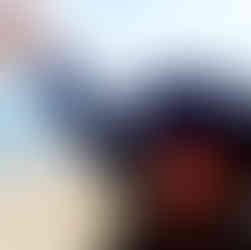











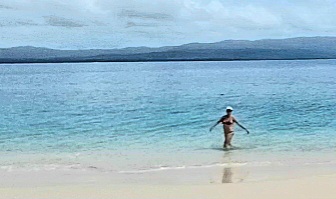












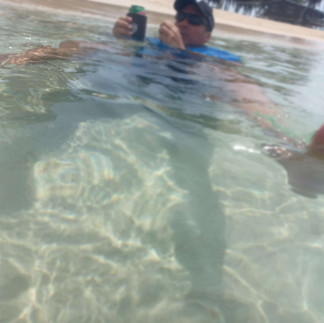













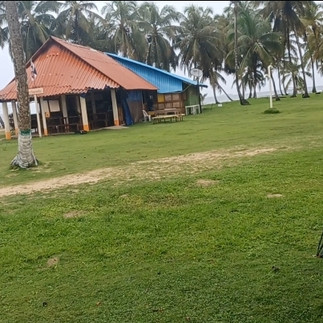

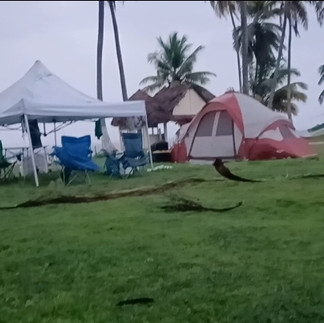

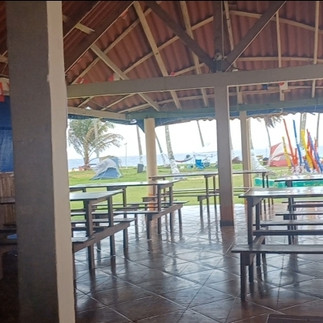















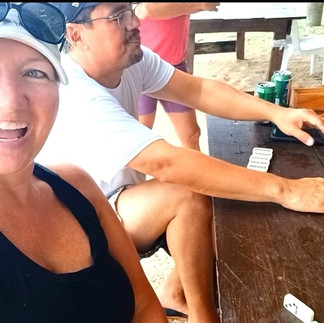



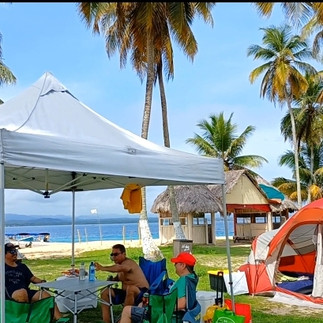













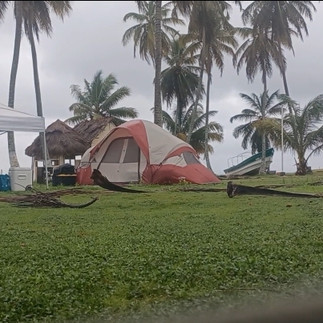





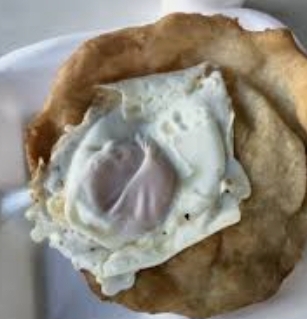












Comments